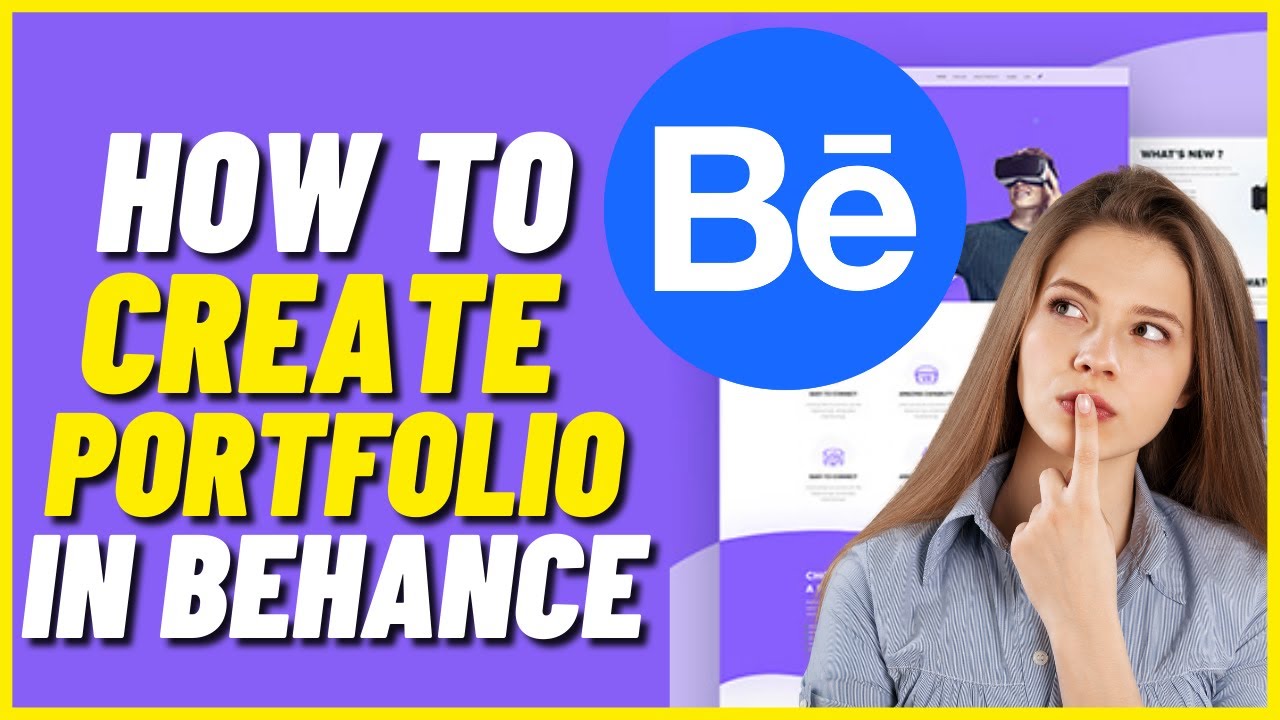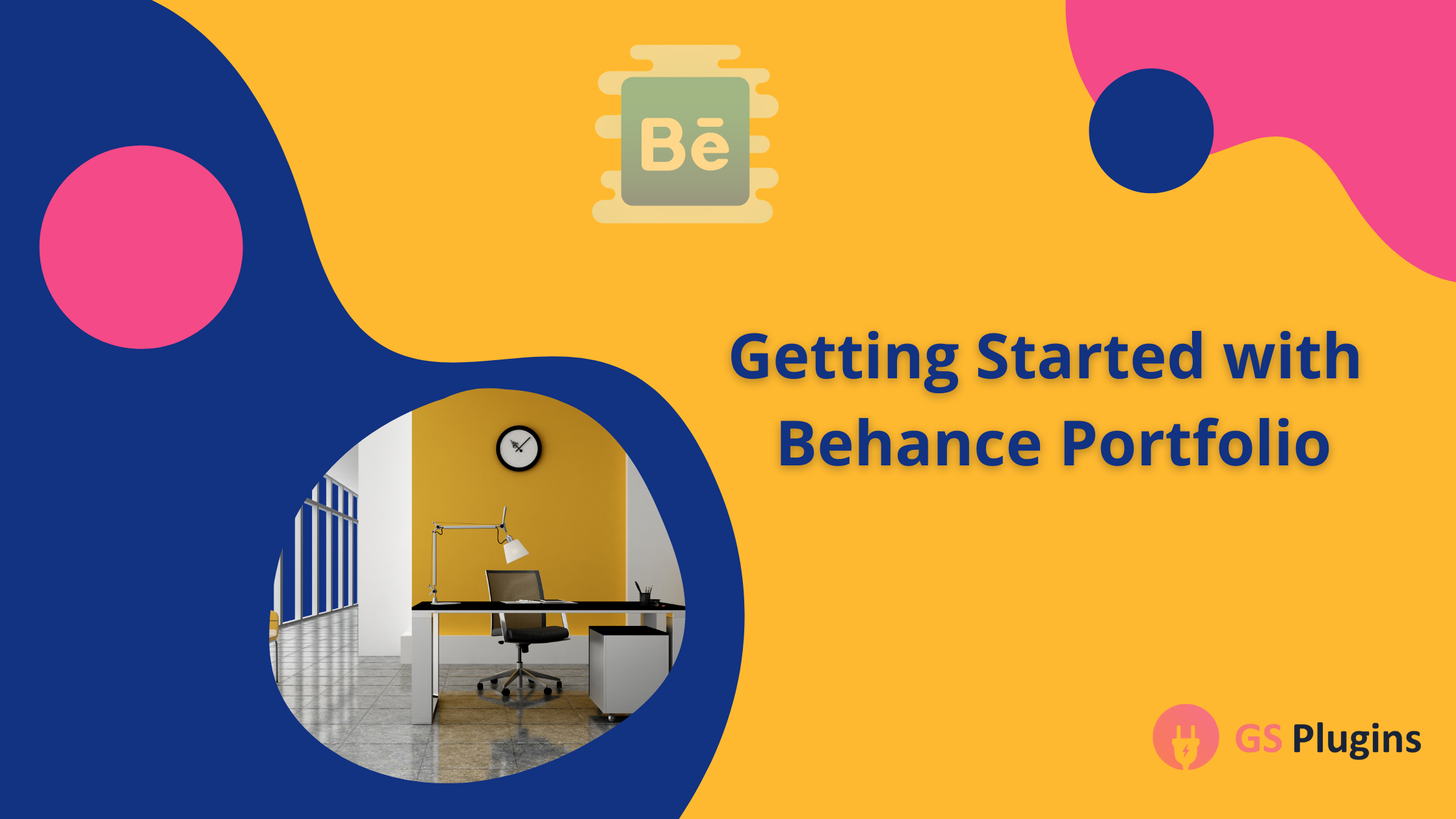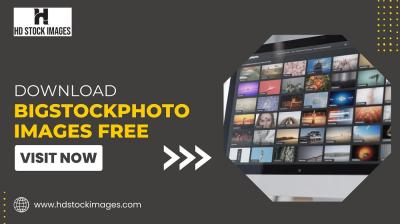Are you a designer or creative looking to showcase your work? Look no further than Behance! This platform is more than just a place to upload your projects; it's a vibrant community where creatives connect, share, and inspire each other. With millions of users worldwide, Behance offers a unique opportunity to display your talents and potentially catch the eye of future clients or employers. Whether you’re a graphic designer, photographer, or illustrator, this guide will walk you through everything you need to know to leverage
Benefits of Using Behance for Designers and Creatives

Behance is not just a portfolio site; it’s a dynamic platform that offers numerous benefits for designers and creatives alike. Here are some standout advantages:
- Exposure to a Global Audience: With millions of active users, your work can reach potential clients and collaborators around the world. The platform's search features and curated galleries help ensure your projects get noticed.
- Networking Opportunities: Behance allows you to connect with other creatives, providing opportunities for collaborations and learning. You can follow other designers, appreciate their work, and even comment on projects, fostering community engagement.
- Easy Project Management: Uploading and organizing your projects is a breeze. You can create different projects, add tags, and categorize your work for easy navigation. This makes it simple for visitors to find what they’re interested in.
- Insightful Analytics: Behance provides analytics tools that allow you to track views, appreciations, and comments on your projects. This data can help you understand what resonates with your audience and guide your future work.
- Integrated Job Board: Many companies scout for talent directly on Behance. The job board feature connects you with potential opportunities tailored to your skills and interests, making it easier to land your dream job.
- Customization Options: While Behance has a standard layout, you can still customize your portfolio to reflect your style. Use covers, project descriptions, and tags to create a cohesive and visually appealing presentation.
In summary, using Behance as your portfolio platform not only showcases your work but also connects you with a community of creatives and potential clients. Whether you're just starting out or looking to expand your reach, Behance is an essential tool for any designer or creative professional.
Also Read This: Crediting 123RF Images: Understanding Attribution Requirements
3. Setting Up Your Behance Account

Getting started on Behance is a breeze, and it all begins with setting up your account. First things first, head over to Behance.net. You’ll see a prominent “Sign Up” button—go ahead and click that!
Next, you have two options: you can sign up using your Adobe ID or create a new account with your email address. If you're already part of the Adobe ecosystem, using your Adobe ID will streamline your experience. However, if you prefer to sign up with email, just fill out the required fields and hit “Create Account.”
Once you’re in, you’ll be prompted to set up your profile. This is where you can show off your personality! Make sure to:
- Add a professional profile picture: Choose a clean, clear image of yourself—preferably one with a friendly smile. This helps to humanize your profile.
- Write a compelling bio: You have 160 characters to express who you are and what you do. Think of it as a mini-elevator pitch!
- Link your social media: Connect your Instagram, Twitter, or LinkedIn to give viewers more insight into your work and connect with you across platforms.
Now that your profile is set up, it’s time to customize your settings. Navigate to “Account Settings” to adjust privacy options, notifications, and profile visibility. This is crucial if you want to control who sees your work.
Lastly, don’t forget to explore the Behance community! Follow other creatives, admire their work, and engage with them. This not only inspires you but can also lead to collaboration opportunities down the line.
Also Read This: How to Get Your Project Featured on Behance: A Step-by-Step Guide to Gaining Recognition
4. Creating an Eye-Catching Portfolio on Behance

With your account set up, you’re ready to dive into the fun part: creating your portfolio! An eye-catching portfolio is your best friend as a designer, showcasing your skills and unique style. Here’s how to make yours stand out:
First, think about your target audience. Who do you want to attract? Understanding this will help guide your content and layout choices.
Next, focus on quality over quantity. It’s better to showcase a few exceptional pieces than to flood your portfolio with mediocre work. Aim for around 6-10 projects that highlight your best work. When selecting projects, consider the following:
- Diversity: Include a range of work that shows your versatility. If you’re a graphic designer, for example, feature branding, digital illustrations, and web design.
- Storytelling: Each project should tell a story. Describe your process, challenges faced, and solutions found. This gives potential clients a glimpse into how you think and work.
Now, let’s talk about presentation! Use high-quality images and mockups to showcase your work effectively. Behance allows you to upload images, videos, and even GIFs. Consider these tips:
- Use consistent formatting: This creates a cohesive look across your portfolio. Stick to a color scheme and typography that reflects your style.
- Write engaging project descriptions: Explain your role, the tools you used, and any notable outcomes. This not only provides context but also enhances your narrative.
- Include tags: Use relevant keywords so your work can be easily discovered by those searching for specific styles or skills.
Finally, don’t forget to keep your portfolio updated. As you grow and evolve, your portfolio should reflect your latest and greatest work. Regularly revisit and refresh your projects to keep them current.
With these steps, you’ll be on your way to creating a captivating Behance portfolio that can help you attract clients and opportunities in the creative world!
Also Read This: How to Organize Your Behance Profile and Projects for Better Presentation
5. Best Practices for Showcasing Your Work
When it comes to showcasing your work on Behance, there are a few best practices that can really make your portfolio stand out. Remember, this is your chance to shine and grab the attention of potential clients or collaborators!
1. Choose High-Quality Images: First impressions matter! Make sure your images are high resolution and visually appealing. If you’re displaying design work, showcase the pieces in vibrant settings or mockups. For instance, instead of just showing a logo, present it on a business card or a storefront.
2. Consistent Style: Cohesion is key. Use a consistent style for all your projects. This could mean maintaining similar color palettes, typography, or layout formats. When viewers scroll through your work, they should feel a sense of unity and professionalism.
3. Tell a Story: Each project should tell a story—from concept to completion. Include captions or project descriptions that explain your thought process, challenges you faced, and how you overcame them. This narrative can engage viewers and give them insight into your creative journey.
4. Showcase Process Work: Don’t just present the final product; include sketches, wireframes, or prototypes. This gives viewers an idea of how you approach your work and the steps you take to arrive at the finished piece. It can also demonstrate your problem-solving skills!
5. Organize Your Projects: Use Behance's tools to categorize your projects effectively. Whether you’re a graphic designer, illustrator, or photographer, create sections for different styles or mediums. This organization helps viewers navigate your profile easily and find what interests them the most.
6. Regular Updates: Keep your portfolio fresh by updating it regularly. Add new projects, refine old ones, and remove anything that no longer represents your current skill level or style. This shows that you are active and evolving as a creative.
By following these best practices, you’ll create a portfolio that not only showcases your skills but also tells a compelling story about who you are as a designer or creative. Now, let’s dive into how to engage with the Behance community!
Also Read This: How to Download Images from Behance Saving Your Favorite Graphics and Photos
6. Engaging with the Behance Community
Engagement is crucial when building your presence on Behance. It’s not just about showcasing your work but also connecting with other creatives. Here are some effective ways to engage with the Behance community:
1. Follow Other Creatives: Start by following designers and artists whose work inspires you. This not only helps you discover new styles and ideas but also fosters a sense of community. Don’t hesitate to leave thoughtful comments on their projects—creativity thrives on collaboration!
2. Join Creative Groups: Behance has various creative groups based on interests and disciplines. Joining these groups allows you to participate in discussions, share your work, and receive constructive feedback. It’s a great way to network and find like-minded individuals.
3. Give and Get Feedback: Don’t shy away from sharing your work in the community and asking for feedback. Constructive critiques can help you grow as a designer. Similarly, offering feedback on others' work can strengthen those community ties and show your willingness to support fellow creatives.
4. Participate in Challenges: Behance regularly hosts design challenges. Participating in these can not only improve your skills but also increase your visibility. It’s a fun way to push your creative limits and connect with others working on similar challenges.
5. Share Your Expertise: If you have knowledge in a specific area, consider sharing tutorials or articles related to your expertise. This positions you as a thought leader in your field and attracts followers who are interested in learning from you.
Engaging with the Behance community can open doors for collaboration, feedback, and even job opportunities. Remember, it’s all about building relationships and enriching each other’s creative journeys. So, dive in and start making connections!
Also Read This: How to Change Your Behance Email Address
7. Promoting Your Portfolio Beyond Behance
So, you've crafted a stunning portfolio on Behance, showcasing your unique style and talents. But don’t stop there! To truly maximize visibility, you need to promote your portfolio beyond the Behance platform. Here’s how you can do just that:
- Leverage Social Media: Social platforms are a goldmine for creatives. Share snippets of your portfolio on Instagram, Twitter, and LinkedIn. Use relevant hashtags like #Portfolio or #DesignShowcase to reach a wider audience. For instance, create a carousel post on Instagram featuring your best projects, and don’t forget to include a link to your Behance profile in your bio!
- Create a Personal Website: Having a personal website not only enhances your credibility but also acts as a central hub for your work. Use it to blog about your design process, share client testimonials, and host your Behance portfolio. Tools like Wix and Squarespace make this easy, even for non-techies.
- Network with Other Creatives: Attend design meetups, workshops, or webinars to connect with fellow creatives. Share your Behance link during these interactions. You never know when a conversation could lead to collaborative opportunities!
- Engage in Online Communities: Platforms like Reddit and Facebook groups dedicated to design are fantastic for networking. Participate in discussions, seek feedback, and subtly promote your Behance portfolio when relevant. Just remember, it's about contributing, not just self-promotion!
- Utilize Email Marketing: If you have a mailing list, don’t hesitate to share your latest work. Craft an engaging newsletter showcasing your Behance projects, accompanied by personal insights. This can keep your audience updated and interested in your work.
By promoting your portfolio across multiple platforms, you can significantly increase your chances of being discovered by potential clients and collaborators. Remember, consistency is key—make it a habit to share your work regularly!
8. Conclusion: Maximizing Your Creative Potential with Behance
Behance isn’t just a platform; it’s a community where creatives like you can thrive. By utilizing its features effectively and promoting your portfolio beyond its walls, you can unlock your full potential as a designer or creative. Here are some final thoughts to keep in mind:
- Stay Active: Regularly update your portfolio with new projects and engage with other creatives. This keeps your profile fresh and increases your visibility.
- Seek Feedback: Don’t shy away from asking for critiques on your work. The Behance community is filled with talented individuals who can provide insights that help you grow.
- Set Goals: Whether it’s landing a freelance gig or collaborating on a project, set clear, achievable goals to maintain focus and motivation.
- Embrace Learning: Explore other portfolios, take notes, and learn from different styles and techniques. Behance is a treasure trove of inspiration!
- Celebrate Your Progress: Reflect on how far you’ve come. Every project you complete, every connection you make, is a step towards your creative mastery.
In short, Behance is a powerful tool in your creative arsenal. Embrace it, promote it, and watch as it opens doors to new opportunities and collaborations. Your journey as a creative is just beginning—make the most of it!
 admin
admin








